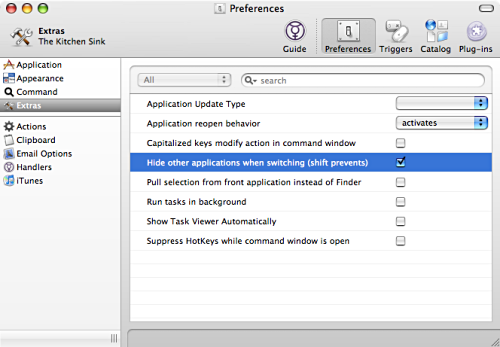
In case you didn’t notice, Liverpool FC has been bought by George Gillet and Tom Hicks.
Like most Liverpool FC fans, I welcome the money (Chelsea and ManU fans know that without money one cannot win the Premiership) but I’m a little bit afraid of Liverpool being americanized…
Only time will tell…
(An update: this is a Super Liverpool Reds Roster)
(Another update: After one and a half year, most Liverpool fans want the Americans out. George Gillet and Tom Hicks have failed to finance the new stadium and, instead, have increase the amount of debts of the club. In addition to that, they had preliminary contacts with Jürgen Klinsmann (as a replacement for Rafael Benitez) who they discovered while browsing!)

